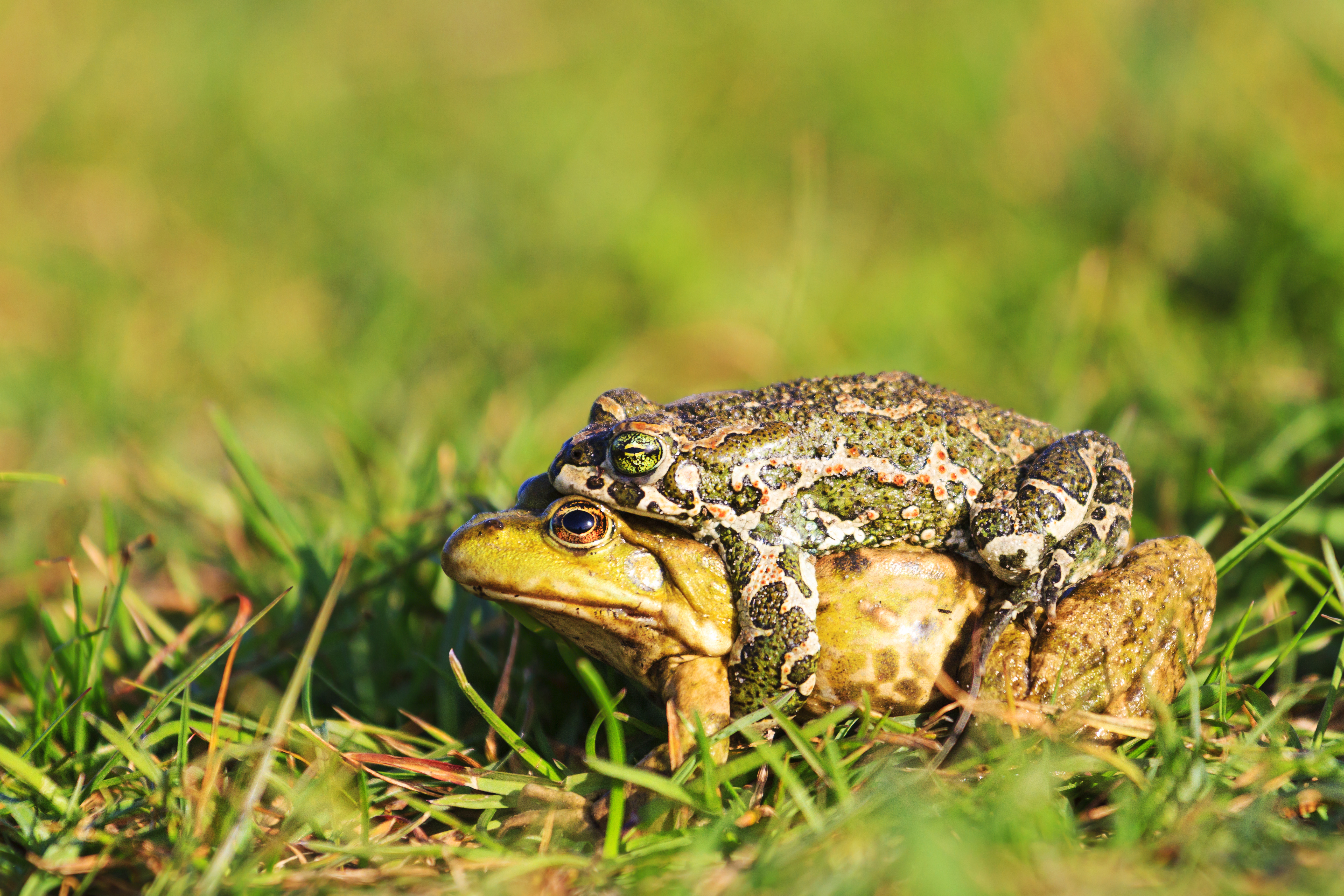Butterflies alighted on Christina Lynggaard’s skin, licking her sweat as she, Jan Gogarten, and a small team of researchers swabbed leaves deep in the rainforest in Uganda’s Kibale National Park. The work was an unplanned side project. Gogarten, a molecular ecologist at the University of Greifswald, had hoped to research pathogens in red colobus monkeys, but he didn’t receive permission to dart the animals in time. Surrounded by dozens of unused sterile cotton swabs, buffers, masks, and gloves, he thought about the research that his colleague Lynggaard, now a molecular ecologist at the University of Copenhagen, had been conducting.
Lynggaard studies airborne environmental DNA (eDNA), but her experiments typically require dragging motorcycle batteries, which she uses to power filtering equipment, deep into the rainforest and recharging them in camp each night. Gogarten wondered whether eDNA floating in the air might also settle on leaves to be collected by passing researchers with simple leftover lab supplies.
It turned out that using cotton swabs and room temperature buffer works. In a paper published in Current Biology, Lynggaard, Gogarten, and their team found animal DNA from a plethora of vertebrate genera and species on low-hanging leaves in the rainforest.1
“Being able to just sort of walk through the forest and take some leaf swabs and find out what’s there is gigantically important in terms of our ability to document where species are and how biodiversity is changing,” said Rutgers University ecologist Julie Lockwood, who was not involved with the study. “The ease with which you can go out and collect this amount of information on this range of species is a huge step forward.”
Kristine Bohmann, a molecular ecologist at the University of Copenhagen, wiped low-level leaves in the rainforest for three minutes per swab to gather environmental DNA from rainforest animals.
Christina Lynggaard
Scientists have been collecting water samples to study the DNA shed by aquatic creatures for several years. Monitoring terrestrial species, however, usually involves older methods like human observation or camera traps, which are labor and time intensive. In addition, using these techniques, scientists often can’t identify every animal in a habitat because they are hidden, camouflaged, nocturnal, or in a challenging landscape that precludes easy access. Recently, scientists have begun sampling airborne eDNA, which is easier to collect, but collection filters require electricity to suck in air, and it can take hours to gather data.2 Only a few studies have analyzed eDNA on terrestrial surfaces, like bark or flowers, and they typically look at just one vertebrate species at a time or cover large swaths of a plant.3
So, for this study, Lynggard, Gogarten, and their team hiked to three different spots in the rainforest accompanied by local field assistant Richard Kaseregenyi. They adorned themselves with masks and disinfected gloves and swiped randomly chosen leaves for three minutes. After repeating this eight times in each of three different locations (24 swabs total), the team popped each swab into a tiny screw-top tube of buffer, where it remained at ambient temperatures until Lynggaard arrived back at her lab in Copenhagen. There, she extracted the DNA and used metabarcoding, which allowed her to amplify a small region of vertebrate or mammalian DNA, instead of the plant, insect, fungi, or other DNA that might also be on the leaf. Specifically, she targeted a segment of the mammalian mitochondrial 16S gene, as well as a region of the vertebrate 12S gene, both frequently used barcodes. She amplified these segments using PCR. After sequencing the samples, Lynggaard compared the genetic sequences in the eDNA to a large library of known animal DNA barcodes.
The team found DNA from 52 vertebrate genera, including one amphibian, one ray-finned fish, 26 avian genera spanning 10 orders, 24 mammalian genera spanning five orders, which came to an average of 7.6 genera per swab. Lynggaard successfully linked 30 of the 52 detected genera to a particular species, including both ground and tree-dwelling mammals large (such as the African elephant) and small (the Stella wood mouse, which weighs only 19g). Bird species included the tiny 6.6g variable sunbird and the large grey crowned-crane.
“When I got the sequence data, and I could identify these sequences, I was just mind-blown by the diversity of animals and the amount of animals detected in each one of these swabs,” said Lynggaard. “We couldn’t believe it. It was way better than what we expected.”
Lynggaard now wants to know exactly how long the eDNA remains on leaves and whether it sticks more easily to some types than others, or if it sticks better in certain climates and conditions. “Right now, we don’t know how old this DNA is,” she said. “Have we been detecting animals that just passed and left the DNA a few hours ago, or is it DNA from an animal that was in the area weeks ago? We don’t know.”
Lockwood said that the technique needs further validation before it’s used extensively. They need to show that it works in all settings as well as traditional methods like camera trapping. However, this will take some time. Still, she said, “There’s potential for them to revolutionize how we monitor biodiversity. Hopefully it motivates some investment from funders to do the harder work of validating.”
“It was pure joy to work with this project,” said Lynggaard. “We see a big future with this, which could be used for citizen science projects where you can give a cotton swab to people and they can swab the area where they live.”
References
- Lynggaard C, et al. Vertebrate environmental DNA from leaf swabs. Curr Biol. 2023;33(16):R853-4.
- Lynggaard C, et al. Airborne environmental DNA captures terrestrial vertebrate diversity in nature. Mol Ecol Resour. 2023.
- Allen MC, et al. Sampling environmental DNA from trees and soil to detect cryptic arboreal mammals. Sci Rep. 2023(13):180.














